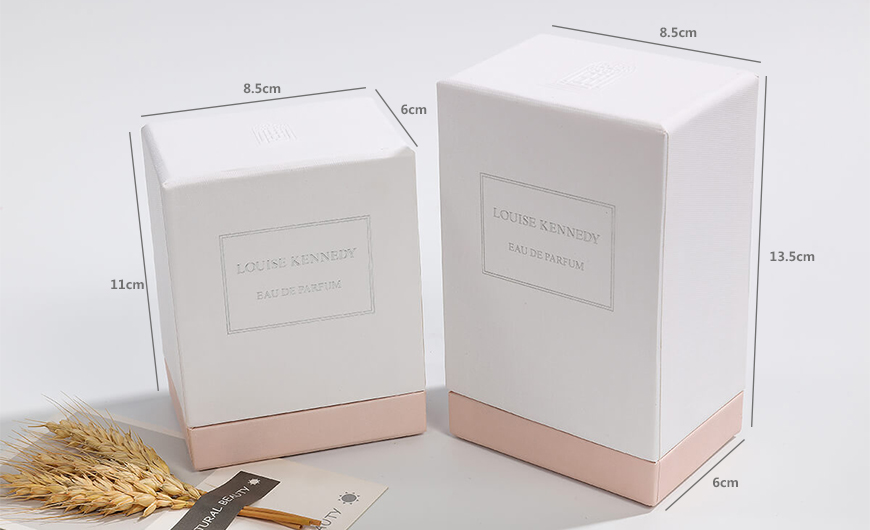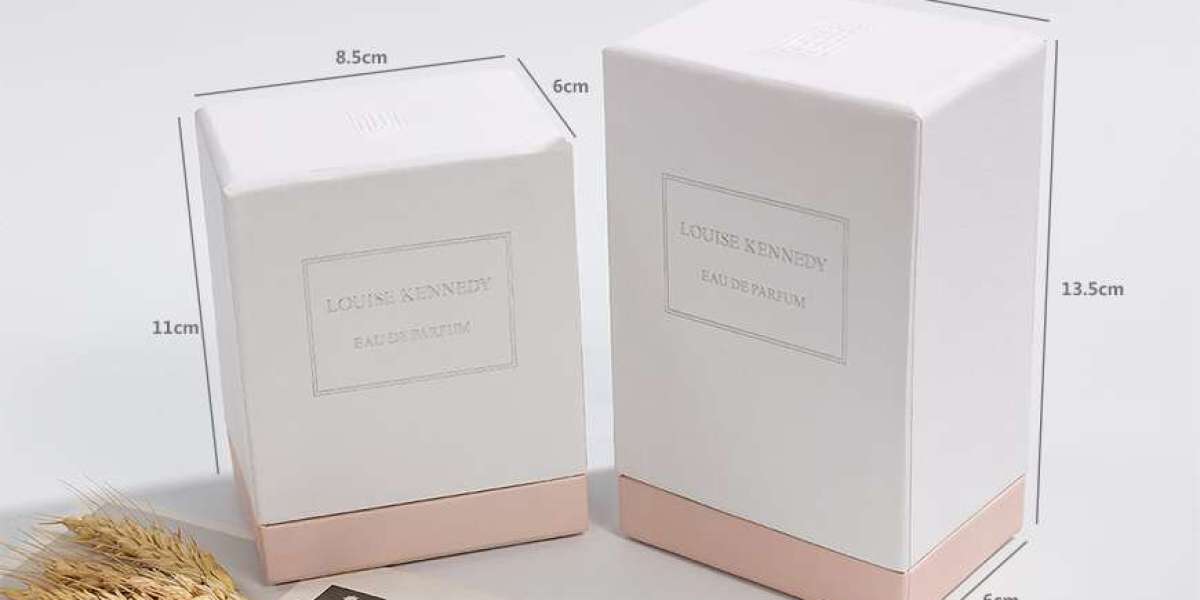In the intricate world of fragrances, the allure begins long before the first whiff. The packaging of a perfume is an art form, an expression of the brand's essence, and a prelude to the olfactory experience within. Crafting an impactful and aesthetically pleasing perfume packaging design is a nuanced process that involves a blend of creativity, market understanding, and an eye for detail. In this comprehensive guide, we delve into the intricacies of perfume packaging design, exploring trends, considerations, and the delicate dance between form and function.

The Significance of Perfume Packaging
Setting the First Impression:
Perfume packaging is the initial encounter a consumer has with a fragrance. It sets the tone for the entire brand experience, offering a glimpse into the essence of the perfume within. The design serves as a visual ambassador, communicating the brand's identity and values.
Brand Representation:
Beyond protection and presentation, luxury perfume packaging is a powerful tool for brand representation. The design elements – from logos to color schemes – convey the brand's story, personality, and positioning in the market. A well-designed perfume box becomes an extension of the brand's identity.
Key Considerations in Perfume Packaging Design
1. Understanding the Target Audience:
Before embarking on the design journey, it's essential to have a deep understanding of the target audience. Different demographics respond to various visual cues, and the packaging should resonate with the intended consumers. For example, a youthful, vibrant design might appeal to a younger audience, while a more classic and sophisticated approach could attract an older demographic.
2. Reflecting the Fragrance:
The design must harmonize with the fragrance it encapsulates. The luxury perfume packaging should evoke the essence of the perfume – be it floral, woody, oriental, or citrusy. Colors, textures, and imagery should align with the olfactory experience, creating a seamless connection between the visual and olfactory senses.
3. Material Selection:
The choice of materials significantly influences the overall perception of the perfume. Luxurious and sturdy materials convey a sense of quality and exclusivity, enhancing the perceived value of the fragrance. Common materials include high-quality paper, cardboard, and specialty finishes like embossing, debossing, and foil stamping.
4. Customization and Branding:
Perfume packaging design is an opportunity for creative expression and effective branding. Incorporating unique features, such as custom shapes, embossed logos, and innovative closures, can set a brand apart. Consistent branding across various products fosters brand recognition and loyalty.
5. Compliance with Trends:
Staying attuned to current design trends is essential for creating packaging that feels contemporary and relevant. Minimalistic designs, eco-friendly perfume box packaging, and the use of sustainable eco-friendly perfume box packaging materials are trends that resonate with the modern consumer's values.








